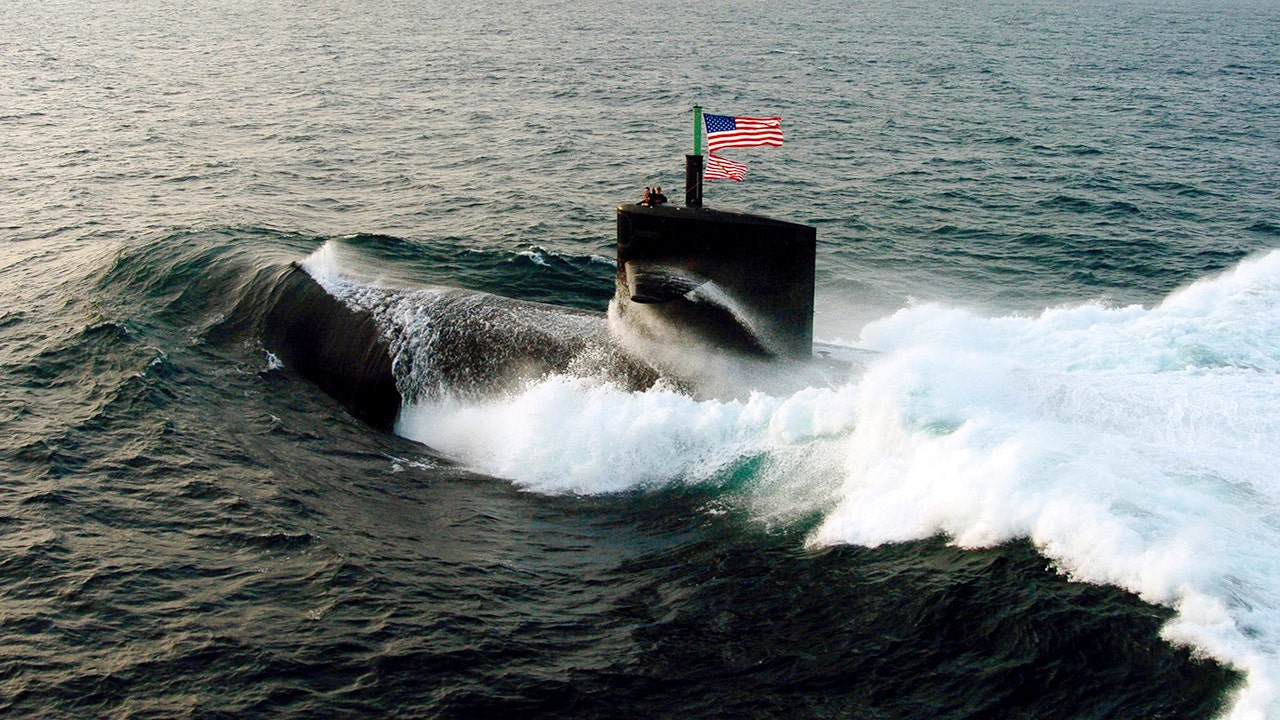Massive Quake Sparks Pacific-Wide Tsunami Scare – Are We Prepared?- A devastating 8.8-magnitude earthquake—one of the most powerful ever recorded—struck Russia’s seismically volatile Far East early Wednesday, sending tsunami waves racing across the Pacific Ocean and triggering mass evacuations from Japan to Hawaii and the U.S. West Coast. The quake, which hit near the Kuril Islands at a shallow depth, has not only caused immediate destruction but also reignited fears about the world’s unpreparedness for large-scale seismic disasters amid worsening climate change and escalating geological instability.
The Earthquake: A Historic Seismic Event
The U.S. Geological Survey (USGS) confirmed the earthquake as the sixth-strongest ever recorded, matching the intensity of Chile’s 2010 disaster. Striking at 5:15 a.m. local time, the tremor’s epicenter was located just 120 miles off the coast of Severo-Kurilsk, a remote Russian town with a history of deadly tsunamis. Initial reports indicate severe structural damage, with videos showing collapsed buildings, shattered roads, and surging floodwaters swallowing coastal areas.
Russia’s Emergency Ministry issued a Level Red alert, the highest possible, as the first tsunami waves—reaching up to 10 feet—crashed into the Kuril Islands within 15 minutes of the quake. The speed of the waves left little time for evacuation, raising concerns about casualties in isolated communities.
Pacific-Wide Tsunami Warnings: Chaos and Evacuations
The Pacific Tsunami Warning Center (PTWC) immediately issued alerts for over 20 countries and territories, including:
1. Japan on High Alert
Japan’s Meteorological Agency activated its highest-level tsunami warning for Hokkaido and coastal regions of Honshu. Waves up to 3 feet hit ports, forcing emergency evacuations. In a critical move, all personnel were evacuated from the Fukushima Daiichi nuclear plant, and the controversial release of treated radioactive wastewater was suspended as a precaution. The 2011 Fukushima disaster loomed large in public memory, with officials fearing another nuclear crisis if tsunami waves damaged critical infrastructure.
2. Hawaii’s Midnight Evacuation
Hawaii’s emergency sirens blared at 3:00 a.m. HST, waking residents and tourists with orders to move to higher ground immediately. Hotels in Waikiki ushered guests to upper floors, while highways jammed with fleeing vehicles. Though initial waves were smaller than predicted (1-2 feet), officials warned that larger, more dangerous surges could follow for hours.
3. U.S. West Coast Braces for Impact
The National Weather Service reported tsunami waves reaching California’s Crescent City—a hotspot for tsunami amplification—just after midnight PT. Water levels rose 2 feet above normal, with strong currents threatening docks and low-lying areas. Authorities in Oregon and Washington issued coastal evacuations, recalling the 1964 Alaska quake tsunami that killed 11 in California.
Why This Tsunami is Especially Alarming
While the immediate damage appears less catastrophic than feared, scientists warn that this event is a wake-up call for the Pacific Rim, where:
-
Rising sea levels from climate change are making tsunamis more destructive.
-
Overpopulated coastal cities lack sufficient evacuation plans.
-
Aging nuclear plants (like Fukushima) remain vulnerable.
-
Underwater landslides, triggered by quakes, can amplify tsunami waves unexpectedly.
Dr. Lucy Jones, a renowned seismologist, stated, “An 8.8-magnitude quake in the Pacific Ring of Fire is a global warning. The next one could be closer, stronger, and deadlier.”
Global Economic and Political Implications
The disaster struck as world leaders grapple with rising inflation, trade wars, and energy crises. Key fallout includes:
-
Oil and Gas Disruptions: Russia’s Far East is a critical energy hub. Any damage to pipelines or ports could spike global oil prices.
-
Supply Chain Fears: Shipping lanes across the Pacific may face delays, worsening post-pandemic trade bottlenecks.
-
Federal Reserve’s Dilemma: As Jerome Powell prepares to announce interest rate decisions, the quake adds new uncertainty to an already fragile global economy.
A World Unprepared for the “Big One”?
Experts have long warned that megathrust earthquakes (like Japan’s 2011 9.0 disaster) could strike anywhere along the Ring of Fire, including the U.S. West Coast. Yet:
-
Only 13% of coastal cities have updated tsunami evacuation plans.
-
Critical infrastructure (ports, power plants) remains exposed.
-
Early warning systems are underfunded in developing nations.
“We are playing Russian roulette with geology,” said Dr. Kerry Sieh, a geophysicist at NTU Singapore. “The next catastrophic quake and tsunami is not a matter of ‘if’—but ‘when.’”
What’s Next?
-
Aftershocks: Aftershocks above 7.0 magnitude are likely in the coming days.
-
Delayed Waves: Tsunami surges can continue for 24+ hours.
-
Humanitarian Crisis: Remote Russian and Japanese islands may need emergency aid.
Final Warning
This disaster should serve as a global wake-up call. With climate change intensifying natural disasters and urban expansion putting millions at risk, the world must invest in early warning systems, resilient infrastructure, and international cooperation—before the next catastrophe strikes.



